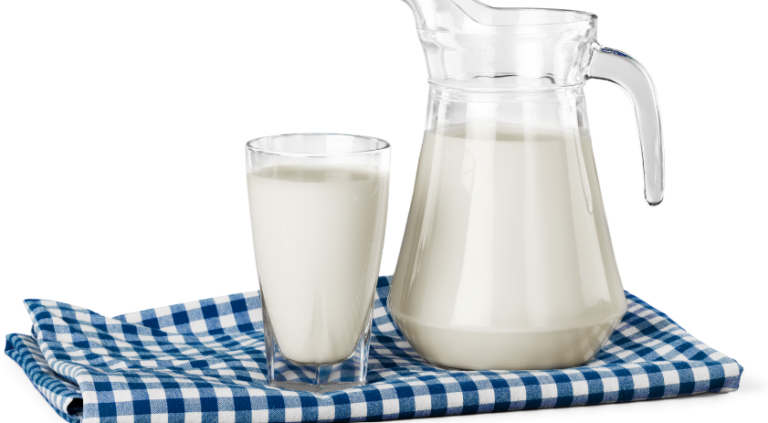Can I wash a milk jug in my dishwasher? This is a common question that many people have when it comes to cleaning their kitchenware. The answer depends on the type of milk jug you have. If your milk jug is made of glass or plastic and does not have any special coatings or labels indicating that it shouldn’t be washed in the dishwasher, then it is generally safe to put it in the dishwasher for cleaning.
However, there are a few things to keep in mind. First, make sure to remove any leftover milk from the jug before placing it in the dishwasher. This will prevent any residue from clogging up your dishwasher’s filter or spray arms. Additionally, if your milk jug has a removable lid or cap, take it off and wash it separately by hand as some lids may not be dishwasher safe.
Can I Wash a Milk Jug in My Dishwasher?
When it comes to cleaning milk jugs in your dishwasher, using the right settings can make all the difference. Here are some recommended dishwasher settings that can help ensure thorough cleaning and sanitization of your milk jugs:
- Hot Water Temperature: Set your dishwasher to use hot water with a temperature of at least 140°F (60°C). The high temperature helps to remove any residual milk proteins and bacteria effectively.
- Intensive Wash Cycle: Choose an intensive wash cycle or a heavy-duty option if available on your dishwasher. This setting provides strong water pressure and longer washing time, which can be beneficial for tackling stubborn milk residue.
- Extra Rinse Option: If your dishwasher has an extra rinse option, it’s worth considering using it when cleaning milk jugs. This additional rinse helps to ensure that all traces of detergent and milk residue are thoroughly removed from the jug.
- Top Rack Placement: Place the washed milk jugs on the top rack of your dishwasher rather than the bottom rack. This allows them to receive better exposure to both water jets and heat during the wash cycle.
- Avoid Overcrowding: To optimize cleaning performance, avoid overcrowding the dishwasher by spacing out the milk jugs properly. This allows for better water circulation and ensures each jug receives adequate cleaning.
Remember that not all dishwashers have identical settings or options, so refer to your appliance’s user manual for specific instructions tailored to your model.
By following these recommended dishwasher settings, you’ll increase the chances of achieving spotless and hygienically clean milk jugs every time you run them through a wash cycle.

Alternative Methods for Cleaning Milk Jugs
When it comes to cleaning milk jugs, using a dishwasher may not always be the most practical or convenient option. Thankfully, there are alternative methods that can effectively clean and sanitize your milk jugs. Here are a few suggestions to consider:
- Handwashing: One of the simplest ways to clean your milk jug is by handwashing it. Fill the jug with warm water and dish soap, then use a bottle brush or sponge to scrub the interior and exterior thoroughly. Pay extra attention to the spout and handle areas where residue tends to accumulate. Rinse the jug with clean water until all soap is removed.
- Vinegar Solution: Vinegar is known for its natural cleaning properties and can be used as an alternative method for cleaning milk jugs. Create a solution by mixing equal parts white vinegar and water in the jug, ensuring that it covers all surfaces. Let the solution sit for about 15 minutes before scrubbing with a brush or sponge. Rinse thoroughly with water afterward.
- Baking Soda Paste: If you’re dealing with stubborn stains or odors in your milk jug, creating a baking soda paste can help remove them effectively. Mix baking soda with enough water to form a thick paste, then apply it to the inside of the jug using a cloth or sponge. Scrub gently in circular motions before rinsing thoroughly.
- Bleach Solution: For those looking for an extra level of sanitization, using a bleach solution can be effective in killing bacteria and germs on your milk jugs. Mix one tablespoon of bleach per gallon of water, ensuring proper ventilation when handling bleach products. Soak the washed jug in this solution for about five minutes before rinsing thoroughly.
- 5.Tips:Consider wearing gloves when cleaning milk jugs to protect your hands from any harsh chemicals.Always ensure proper ventilation when working with strong cleaning agents like bleach.Allow your milk jug to dry completely before using it again or storing it to prevent any moisture-related issues.




